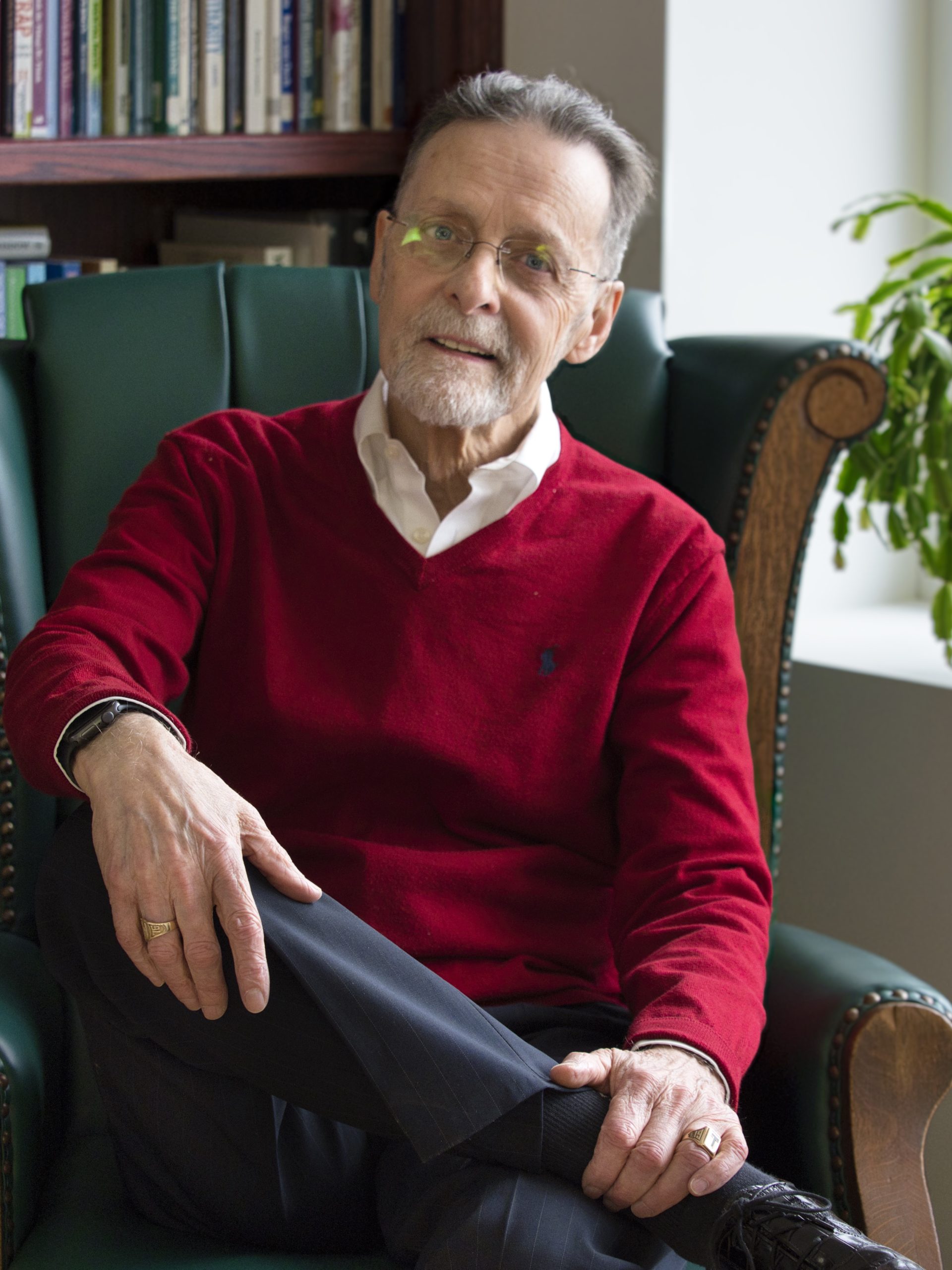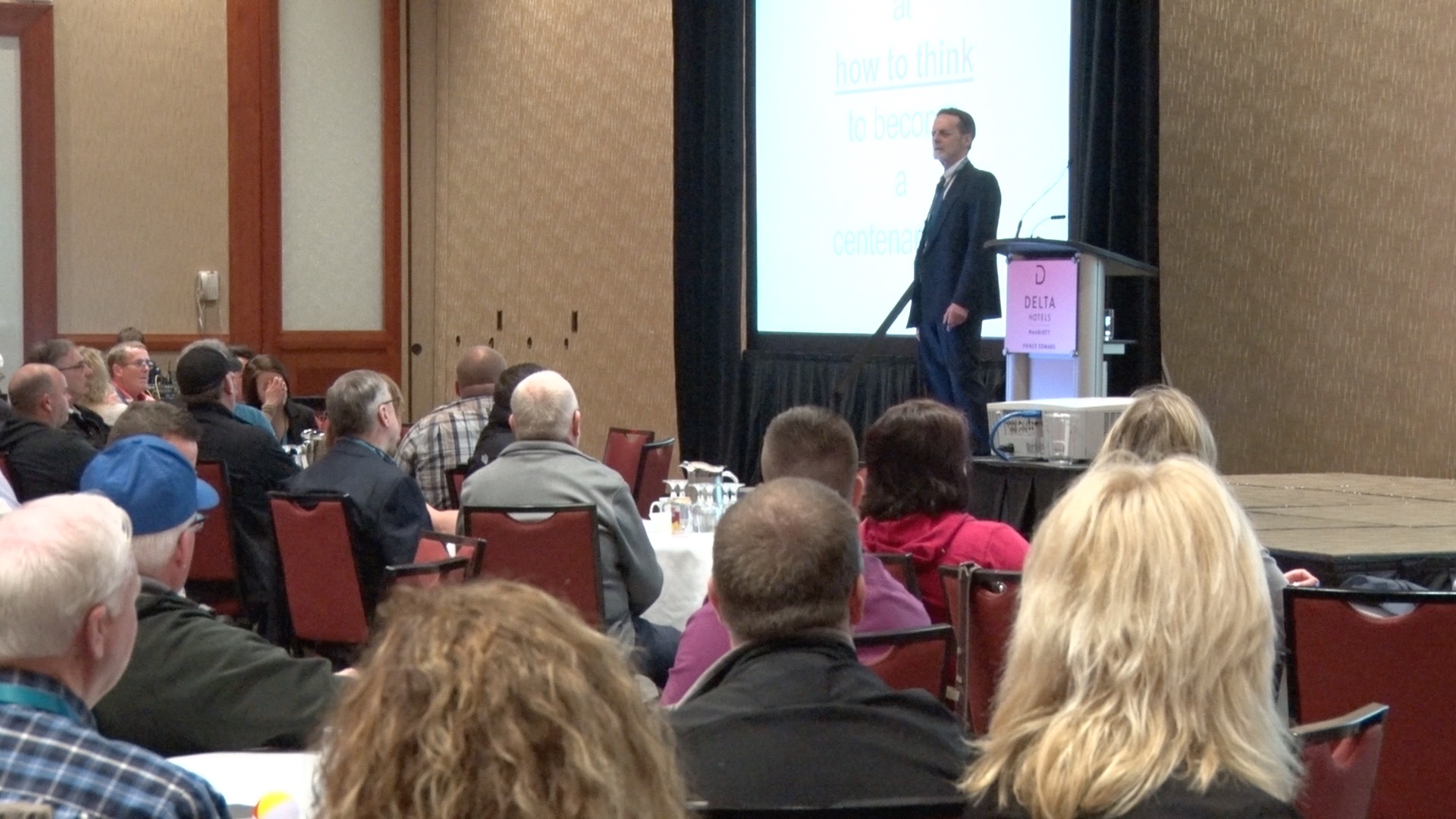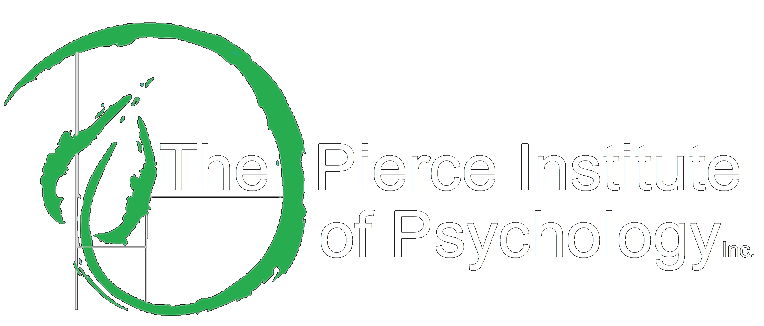
Hello! I’m Ken Pierce
I have had the privilege of working with individuals and groups in both the private and public sector over the past 35 years. I have helped thousands of people transform their relationships with themselves and others. I have shown CEO’s, managers and staff how to design their destiny so they get more out of their life. I will help you uncover your power, presence and purpose! I will help your transform your relationship with yourself, others and your life!
I will assist you to learn self appreciation and self control, to develop your dreams, be a purposeful planner and to design your own destiny!

Licensed Psychologist
Business Consultant
Human Behavior Expert

I will help you uncover your power, presence and purpose! I will help you transform your relationship with yourself, others and your life! I will assist you to learn self-appreciation and self-control, to develop your dreams, be a purposeful planner and to design your own destiny!
My Approach & Philosophy
I have extensive training and experience with the most efficient and effective forms of accelerated and focused Cognitive Behavioural Therapy (CBT) emerging from evolutionary psychology and psychiatry including:
Dr. William Glasser’s
- Choice Theory™,
- Reality Therapy™
- Lead Management™;
Dr. Richard Bandler and Dr. John Grinder’s :
- Neuro-Lingusitic Programming (NLP)
Dr. John Demartini’s :
- Demartini Method™
Self-appreciation and self-control so you can develop your dreams and design your destiny with purposeful planning. I achieve this by:
THE PIERCE INSTITUTE’S ORIGINS:
Ken Pierce
Picture for a moment…a family in the 1940s, living in a simple, small, cold water flat located in an industrial city of Atlantic Canada. The father, John, is a seasonally employed dock worker, a publicly devoted Catholic but also a private, dedicated alcoholic.
John had lost his own two fathers before he was three years of age and probably spent the rest of his life trying to figure out why it had happened to him. His mother, Margaret, raised her four boys on her own, by selling life insurance door-to-door in the years leading up to the First World War of 1914-18.
John’s wife, Marjorie, was a converted Anglican whose father, Joseph, was run out of the city for unnamed illegal activities. He fled to the United States only returning once, many years later, for his own funeral. This left Marjorie’s mother, Nellie, to raise her four children by herself. She would see all three boys enlist during the Second World War of 1939-45, only to have her baby boy die when a U2 Rocket hit his truck in the English countryside.
Since both had little education, John worked as a cargo checker seasonally, at the harbour front. Marjorie stayed at home caring for their growing brood of children. They already had three young toddlers when their fourth boy was born. This latest child was to be the sickly one, a continual emotional and financial burden to their already struggling family.
As time passed, the family expanded with four girls and another boy, creating a baseball team of nine. At several points during this time, Marjorie’s Mother, Nellie, moved in to help raise this large brood.
This is the story of my family. I was that fourth sickly child who would watch his four sisters and four brothers grow poor but strong and healthy. I , on the other hand, developed a variety of diseases including cow pox, asthma, eczema, allergies and much later, angina.
I grew up believing I was the imperfect ‘runt of the litter’ and would not live past 21 years of age. Now, I have more than tripled that age and at 71, have the privilege of sharing this story of how the Pierce Institute of Psychology Inc. came to be.
Being sickly meant missing school frequently. This worked well for me in one way as I didn’t like school anyway. I am not sure many kids did back then. But, I struggled when I was there, performing marginally, failing grade 7, and “not working to my potential”, according to my teachers. Not surprising since I had concluded at a very young age I was intrinsically imperfect in many, many ways!
Looking back now, I notice how my illnesses gave me extra time with my Mother. I have fond memories of being at home with her while my eight siblings were at school. However, I also have nightmarish memories of being up late at night, alone, fighting for every breath and/or scratching my itching limbs until they bled.
Perfect Imperfection:
The imperfection I perceived in me and my life became a catalyst to study perfection in all of its forms. Initially, I focused on physical fitness, then art, music, children and eventually mental fitness. This led me into becoming a psychologist so I could help people become perfect, that is, perfectly healthy and perfectly happy.
I studied the major approaches available in psychology. But it was at the exclusion of the other pure sciences, which I perceived had little to contribute to the understanding of human behaviour. However, as time passed, I found it increasingly difficult to avoid biology, physics, chemistry, astronomy, cosmology...these pure sciences.
This was driven by five factors which repeatedly emerged:
1 I realized in my personal life, and professional work, there were patterns. I realized there was a bigger picture I was missing.
2 I frequently met successful people who had evolved through, what society called, terrible traumas.
3 I realized these traumas had made these individuals smarter and stronger.
4 I noticed from studying neurobiology we are hard wired for survival.
5 This led me to wonder why we spend most of our time focused on our losses, and not equally, on our gains from our traumas?
Three Influences:
These insights led me to explore many leading-edge ideas that have appeared not just in psychology, but also in other sciences. It resulted in my study of three unique, and yet surprisingly similar, works.
My first study began about 35 years ago with the work of Dr. William Glasser, the founder of Choice Theory™, Reality Therapy™ and Lead Management. What drew me to Glasser’s work were three things.
- His questions regarding the usefulness of many of the psychological labels.
- His questions of psycho-tropic medication, viewing them as merely masking the situation and slowing learning.
- His contention everyone is a helper and involved in therapy of some form either with family, friends or with paid professionals.
Glasser’s key contribution was every behaviour actually has, in total, four parts. This concept expanded my understanding of human behaviour. He explained how each behaviour actually has four components:
- What a person is actually doing with their body at that second.
- What they are thinking with regards to the situation they are in, and simultaneously, what they are thinking about being in the situation.
- What feeling is generated by those actions and thinking within the mind.
- What physiological responses are generated within the body.
This simple but powerful concept was critical in helping others learn they have ability to exercise self-control. People readily understand the idea they have choices about what they do. But, it was more difficult to get them to consistently take control of their thinking in the same way. Glasser’s simple and practical model proved useful in many contexts. However, it was useful for part of the time or usually, for temporary periods because of how the person’s values intervened.
This now led me to explore neurolinguistic programming (NLP) and the work of Dr. John Grinder and Dr. Richard Bandler. Grinder and Bandler created the field of NLP during their analysis of the successful therapy styles of Virginia Satir, Frederick Perls and Milton Erikson. They uncovered specific thought and language patterns which were unknown to these successful therapists. Bandler and Grinder found these patterns could be effective in helping people to adopt more effective actions and thinking.
The tools developed within NLP provided new avenues for my work on the thinking part of Glasser’s total behaviour concept. I also noticed the power of the human imagination was utilized in NLP. This encouraged me to believe there could be new tools to help people fix their thinking. As Bandler had said, “The purpose of consciousness is to run your own brain.”
NLP technology showed people how to take control of their own thinking processes and thereby influence their feelings and their physiology. Yet, an implicit aspect of NLP was the assumption a person’s current behaviour is bad, wrong, ineffective, unhealthy or dysfunctional.
But, if this was so, why would they retain such behaviours in the face of the pain associated with them?
Originally I thought people didn’t know how to act or think or they believed change was not possible. I now realized people did not change the way they think or act because it served them in some way, but they were not conscious of it.
Duality:
So the next step in my journey was to find an explanation of why we would continue to choose, what appeared to be painful behaviours, in spite of having an awareness of the pain it generated. It became apparent pain served our lives in important ways.
It reminded me of some of the old clichés that are found in most cultures which suggest a duality to things, people and events such as, “No kindness goes unpunished.” and “Every cloud has a silver lining.”
I began noticing this duality idea in many other forms including weather systems (high and low pressure); relationships (optimists and pessimists); political parties (liberals and conservatives) and even economic markets (bear and bull). Everywhere I looked I could find two sides, a duality.
There were many examples everywhere in science. But they were called by different names in each science.
For example, in biology there is the term “homeostasis” which refers to the body’s natural inclination to achieve a state of balance or symmetry whether it be in temperature, blood pressure or any other system within it. Within and between organs, it is called cooperation, and in bodily structure it is manifested in a balanced design of two eyes, two arms, two legs, etc.
In physics, this principal of equilibrium, symmetry or synchronicity is demonstrated at the subatomic level with positrons counterbalancing electrons. In chemistry it is displayed at the level of cellular life.
In mathematics, often termed the language of nature, it is referred to as the mean, the median. In geology, it is visible in earthquakes when high and low pressure systems are seeking balance. It can be seen in cosmology within star systems, galaxies and galaxy clusters.
Even in psychology, sociology, philosophy, theology, and other areas of study there are parallel concepts. There is a duality, a balance, and symmetry to all aspects of our existence.
This awareness was demonstrated again just recently in particle physics with the discovery of the Higgs’ Particle for which François Englert and Peter Higgs were awarded a Nobel Prize. This discovery contributes to our understanding of the origin of the mass of subatomic particles which also demonstrate this law of balance.
This awareness led me to the work of a world renowned human behaviour expert, polymath and author Dr. John Demartini. His work focuses on how the underlying laws of nature, including the law of balance, which most people don’t recognize, apply to human behaviour. His work uncovered and linked these laws of symmetry to all aspects of human life.
Demartini has focused on many fields of study in order to collect the latest research findings. He then links these findings to other empirically proven laws of nature. His work foreshadows some major shifts in the future of psychology. He is among the leading thinkers who are actively linking clinical psychology to the hard sciences.
In this endeavour, his work has focused considerable attention on at least two laws, symmetry and conservation. He developed a tool which enables one to apply these laws to any human perception. This transforms a person’s thinking to a state of both intellectual and emotional equilibrium.
This focused transformation learning process, of course, is the fundamental purpose of a significant portion of the clinical psychology field, particularly most therapeutic interventions.
Demartini’s transformation process is called The Demartini Method®. It is an effective personal transformation methodology which results in a new perspective and paradigm in thinking and feeling in a very short time. It is the culmination of Demartini's 44 years of research and study in numerous disciplines including physics, philosophy, theology, metaphysics, psychology, astronomy, mathematics, neurology and physiology.
The implications and results are quite remarkable for clinical psychology. I have been studying and using Demartini’s transformation process for over twenty of my thirty five years as a board certified psychologist. The Pierce Institute of Psychology Inc. offers this methodology to its clients and the community at large.
I have already had the privilege of assisting individuals of all ages, and groups of various sizes, to transform and equilibrate such perceptions as: assault, addictions, ADHD, allergies, abuse, bankruptcy, bi-polar disorder, cancer, Crohn’s disease, grief, depression, divorce, harassment, auto-immune diseases, incest, injuries, unemployment, motor vehicle collisions, PTSD and other traumatic events.


